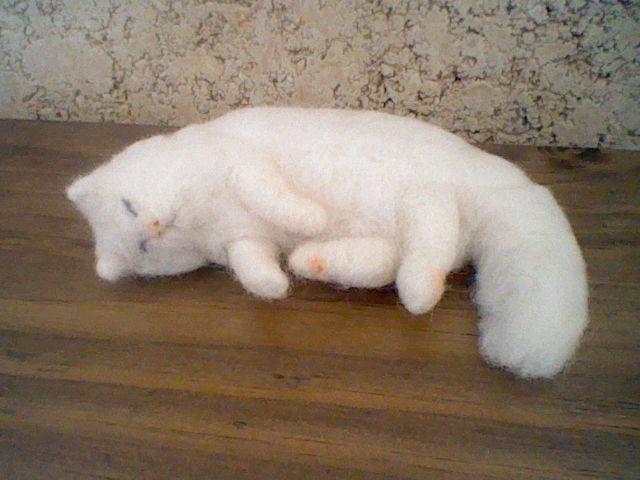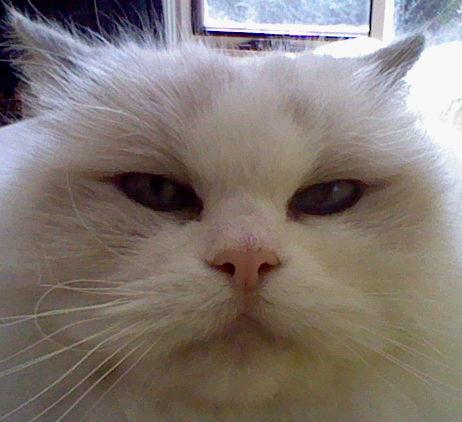Introduction
The five senses, which are hearing, taste, smell, touch and sight are all turned up or amplified in autism. While I have conquered most of these sensory difficulties, I have never really been able to overcome (yet) the effects of hyperacusis (over-sensitivity to sounds). This blog post covers what the “toolbox strategy” is and how we use it to avoid getting too stressed and meltdowns.
Why we created this toolbox
This toolbox is a type of coping strategy designed to help make life more bearable when we have an event going on that requires a lot of mental coping, like home renovations, parties, and other event-related stuff like when little children visit for play-dates. Read on to find out how this toolbox works, and what the “rating system” is.
The “3 star rating system” in this toolbox
This toolbox has a multitude of coping strategies for the five different senses. For starters, this toolbox has a rating system of 1 to 3 stars – the more stars given, the more effective the toolbox is at calming me and preventing a possible meltdown from occurring. For example, lets start with the sense that produces the most problems for me – hearing.
(An * indicates how many stars the strategy receives, the more * there is, the more effective that strategy is).
Hearing
Here is how I cope with excessive noise, using strategies from my toolbox.
- Use of earplugs (Foam ones only do 10-30 decibels, yet this is usually enough for me). ***
- Distractions, which include talking. When I am talking (making the conversation), about one of my obsessions, my brain is unable to focus on what’s happening in the background around me. **
- Playing handheld video games. ***
- Listening to loud music which creates a sound barrier between the noise and I. **
- Moving away from the source of the sound. This one is usually the most effective, but not always practical. ***
The toolbox usually has around 2 – 3 stars of effectiveness with the sense of hearing.
Visual over-sensitivity
Here is how I cope also with visual over-sensitivity using a few strategies from my toolbox.
- Moving away from fluorescent light sources that flicker, strobe lights, flashing patterns, and black and white contrasting images, like checkerboards, as these create an intense emotional experience of fear and overwhelm – it creates a fear in my mind that it may morph into a scary image or black hole. (even though I do not have photosensitive epilepsy). Flashing lights (and strobe lights) cause me to feel like I’m up in the air, while an image of a black hole, or black-and-white image will create a feeling as if I am falling inside it, as if I am not grounded in reality. ***
- Turning down/reducing the intensity of the light/colours. ***
- Reducing the speed of the strobe light or using a fade transition between colours, which creates calmness, as I know which colours will fade in. ***
Touch
Another sense is touch and this is how we deal with the sense of touch in this toolbox. My brain perceives the sense of touch differently to a neurotypical person. For example, I have no trouble walking across a gravel driveway or path in bare feet, but a sandy beach feels like walking on sandpaper, and is painful:
- Wearing lightweight soft clothing all year round, is preferable to heavy jeans and jumpers in winter. **
- Using a felt cat toy (holding in my hand a tiny representation of Lilli as comfort), or by patting Lilli, who has silky soft fur. ***

The toolbox usually has 2-3 stars of effectiveness with the sense of touch.
Taste
Unlike a neurotypical person, I experience hypersensitivity of taste in the mouth. This means that biscuits, crumbs inside my mouth have the texture of dolomite (gravel) sand. We also try to deal with the sense of taste in this toolbox as well by:
- Avoidance of any food/drinks with lumps or crunchy texture. ***
- Puree type food. (Food that is mostly liquid, i.e thin soup without lumps). **
- A chewy steak is uncomfortable for me to eat however, I prefer to eat meat in the form of duck pate on soft toast, thin sausages which are lightly cooked, with no burnt, crunchy casing. ***
Smell over-sensitivity
The heightened sense of smell is easy to manage in the toolbox. We deal with it like this:
- Avoiding strong smells that have a noxious, foul, or disgusting odour (take paint as an example, fuel at the petrol stations, anesthetic gases). ***
Important notes
Remember that autism affects each individual differently, this is just like how in nature, that no two snowflakes are alike. The strategies that work well for me may not work for others. You may wish to formulate your own toolbox with ideas and strategies that work for you. You’re welcome to share your strategies that work well for you in the comments section below! 🙂
The toolbox – visualised
This toolbox representation that I made in Blender 3.4.1 is how I visualise my box of coping strategies:

What are your sensory issues like now?
Some may ask me “Zachary Wright, what are your sensory issues like now?” and for those wondering, here is the answer. Most of the sensory issues (aside from hearing) are not as severe as they used to be, although food texture can be a little upsetting depending on the food type. Over-sensitive hearing has been the largest sensory problem that has never gone away. Every autistic individual is different, and the results will always vary from one individual to the next.
Princess Lilli Lilac

Lilli does play a role in my coping strategy as outlined above due to her soft silky fur, and purr, as she is a therapy cat. We have been inseparable since the day she was born, and we have loved each other ever since. 💜😺
Conclusion
Hope this post has been helpful on your journey with coping strategies for sensory overload. All the best. See you on the next blog! 📰
